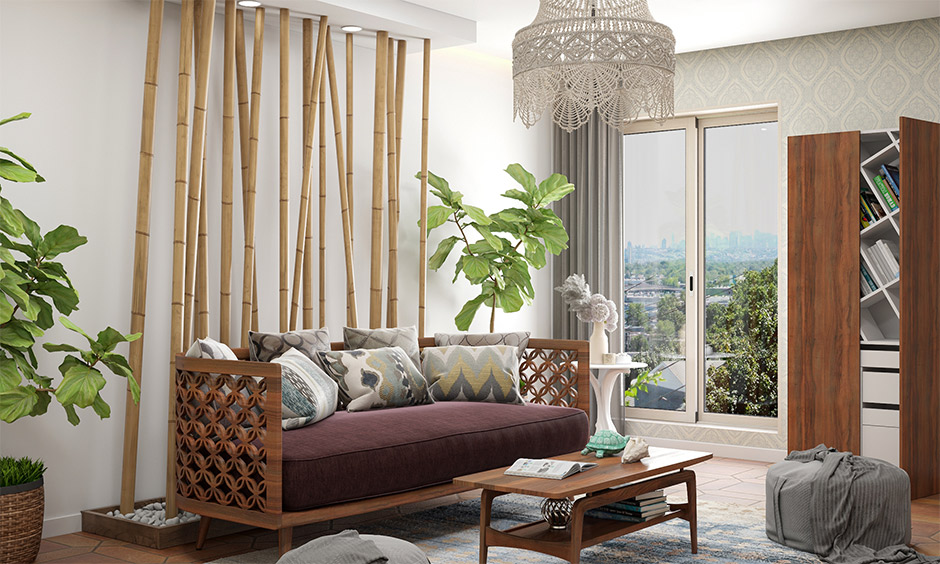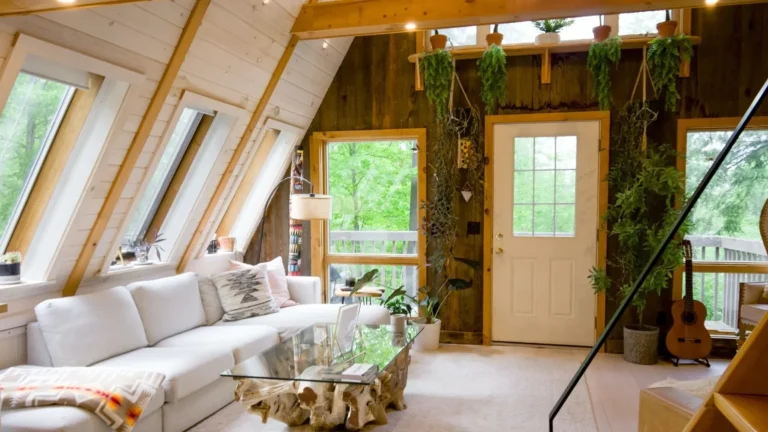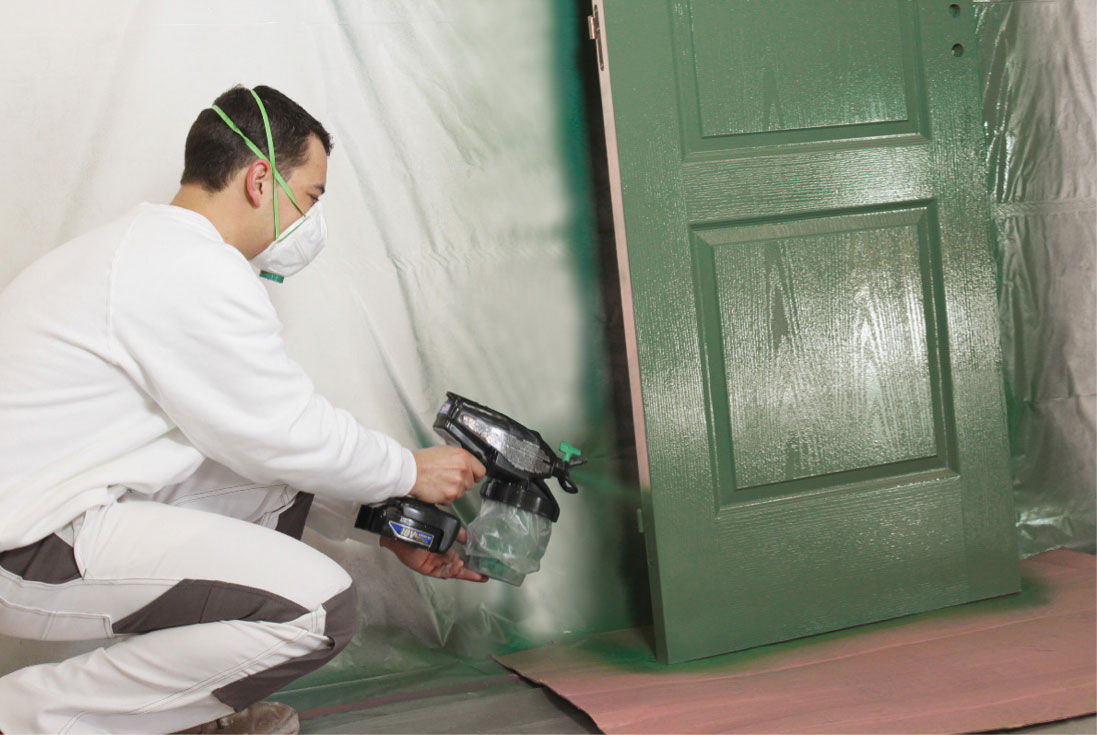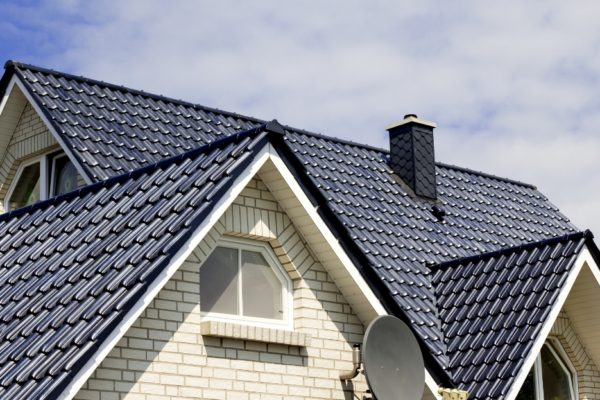As the world shifts towards a more sustainable future, New Zealanders are leading the charge by embracing eco-friendly practices in various aspects of their lives. One area where this commitment to sustainability is particularly evident is in interior design. With a deep respect for the country’s natural beauty, sustainable interior design has taken center stage in NZ homes. In this article, we delve into the significance of sustainable interior design NZ and how homeowners are prioritizing eco-friendly choices to create harmonious living spaces that resonate with the nation’s commitment to preserving the environment.
The Essence of Sustainable Interior Design:
Sustainable interior design goes beyond just aesthetics; it embodies a philosophy that respects the Earth’s resources and minimizes the carbon footprint. It involves making conscious choices throughout the design process that have a positive impact on the environment. From materials and construction techniques to energy-efficient solutions, every aspect of sustainable interior design aims to reduce waste, conserve energy, and contribute to a healthier planet.
Local Materials and Low-Impact Resources:
New Zealand’s stunning landscapes provide a wealth of inspiration for sustainable interior design. Homeowners and designers alike are increasingly opting for locally-sourced materials such as timber, stone, and wool. These choices not only support local industries but also reduce the environmental impact associated with transporting materials over long distances. Incorporating natural materials not only adds character to interiors but also establishes a strong connection to the surroundings.
Upcycling and Repurposing:
A key principle of sustainable design is repurposing and upcycling. Instead of discarding old furniture or decor, homeowners in NZ are finding creative ways to give new life to existing pieces. Vintage furniture is being restored, and discarded items are transformed into unique statement pieces. This approach not only reduces waste but also adds a sense of history and character to interior spaces.
Energy-Efficient Lighting and Appliances:
Energy efficiency is a cornerstone of sustainable interior design. Homeowners are increasingly investing in LED lighting and energy-efficient appliances to minimize electricity consumption. Natural light is maximized through clever positioning of windows and reflective surfaces, reducing the need for artificial lighting during daylight hours. This not only reduces energy bills but also creates a healthier and more comfortable living environment.

Water Conservation Strategies:
Given New Zealand’s appreciation for clean water and the environment, water conservation is a priority in sustainable interior design. Low-flow faucets, water-saving toilets, and rainwater harvesting systems are being integrated into homes to reduce water consumption. In this water-rich nation, such practices reflect a conscientious effort to protect this valuable resource for future generations.
Green Building Certifications:
Homeowners seeking to validate their commitment to sustainable design often opt for green building certifications such as Green Star or Homestar. These certifications assess a home’s energy efficiency, indoor air quality, and environmental impact, providing a holistic view of its sustainability. By adhering to the rigorous standards of these certifications, homeowners contribute to the broader sustainability movement while reaping the benefits of lower utility costs and a healthier living environment.
Biophilic Design and Indoor Plants:
Biophilic design, which integrates nature into interior spaces, is gaining momentum in sustainable interior design. Indoor plants, natural textures, and earthy color palettes are used to create a sense of harmony between the indoors and the outdoors. Not only do these elements enhance the aesthetics of a space, but they also contribute to improved air quality and overall well-being.
Educating Homeowners for Sustainable Living:
Sustainable interior design in New Zealand extends beyond the realm of aesthetics; it’s about fostering a sustainable lifestyle. Designers collaborate with homeowners to educate them about sustainable practices and empower them to make eco-friendly choices beyond the design phase. This holistic approach ensures that sustainable habits are integrated into daily life, creating a lasting positive impact on the environment.
Conclusion:
Sustainable interior design is more than just a trend in New Zealand; it’s a reflection of the nation’s commitment to preserving its natural beauty and resources. By prioritizing eco-friendly choices in their homes, New Zealand homeowners are not only creating beautiful and functional spaces but also contributing to a greener future. As the movement towards sustainability gains momentum, the harmonious blend of aesthetics, functionality, and environmental responsibility continues to shape the interiors of NZ homes, embodying a vision of living in harmony with nature.








